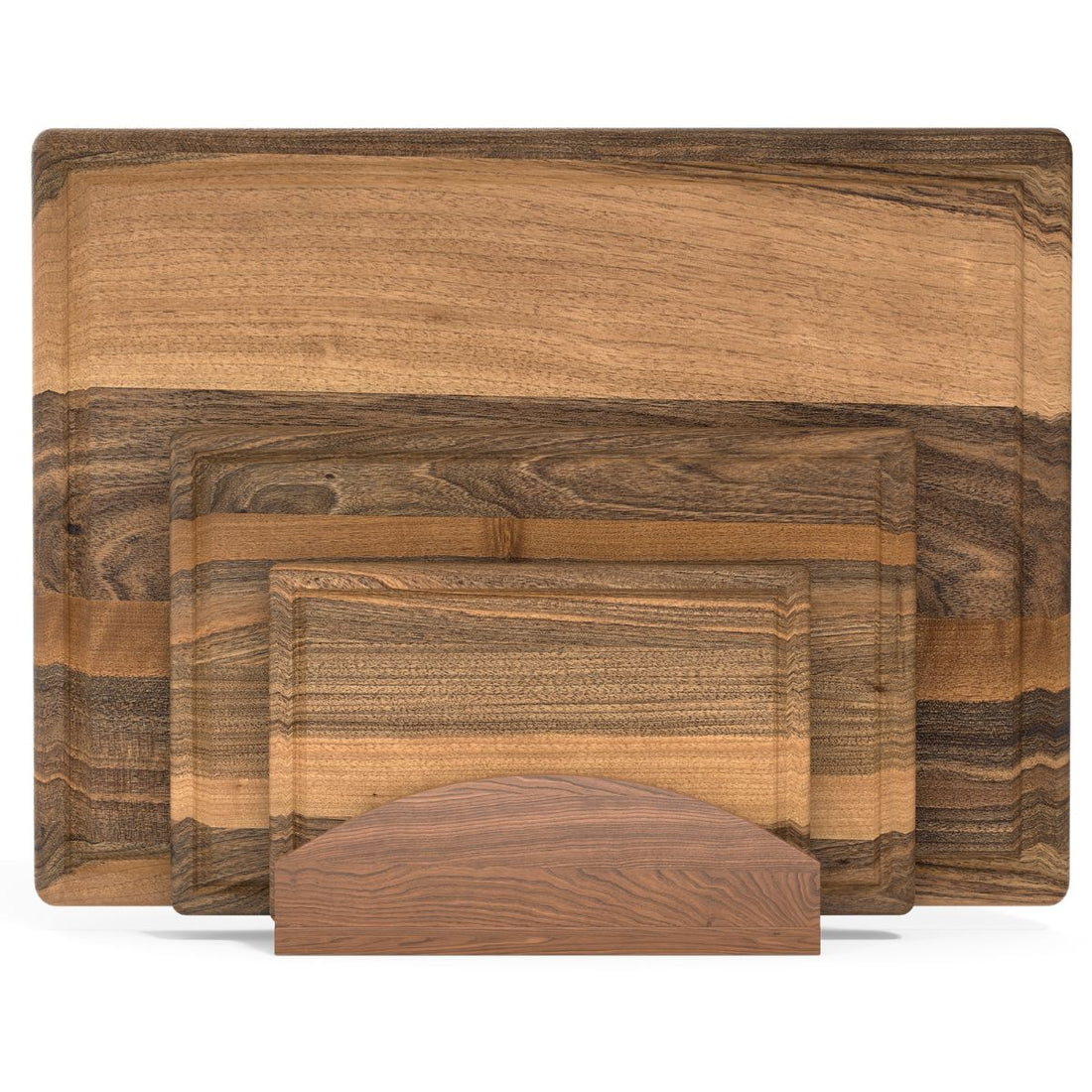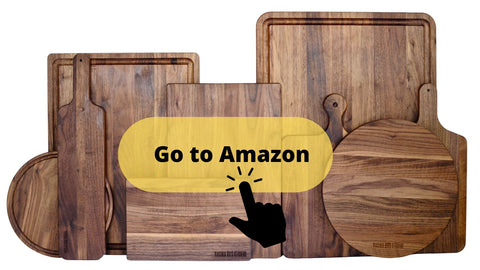Is Hickory Good for Cutting Boards? Uncovering the Pros and Cons
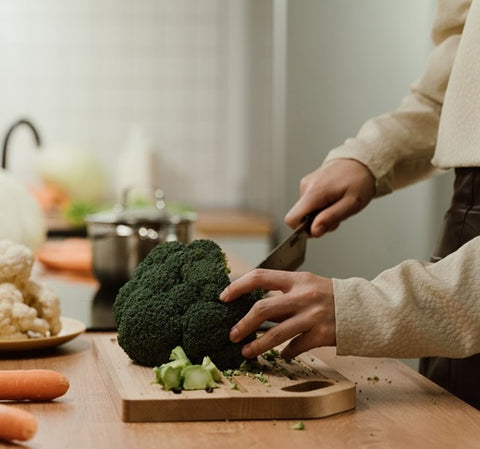
Source: Pexels.com
When it comes to kitchen utensils, equipment, or decor, one must be well familiar with the wood types and their suitability for a certain purpose. These woods come in regular contact with your food and may pose serious challenges if you make a wrong choice.
Bamboo, maple, walnut and birch are excellent woods if you really want a sturdy and long-lasting cutting board.
However, in this article, we are concerned with the properties, pros, and cons of hickory wood to best answer the question, Is hickory good for cutting boards?
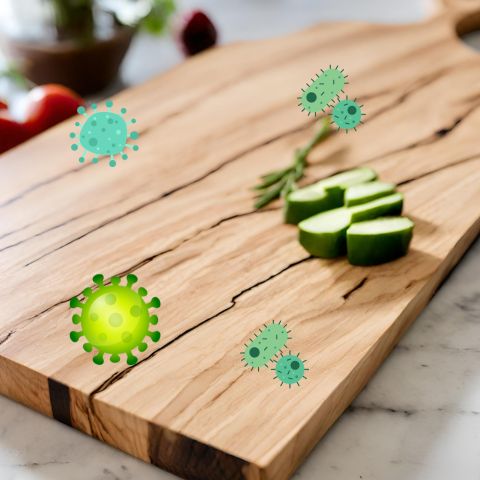
Here is a quick snapshot of why hickory is not ideal for cutting boards, which we are going to explore in-depth!
- It is a porous wood with an open-grain structure.
- It can trap food particles and soak up liquids.
- It allows bacteria and other microbes to grow in the pores.
- It does not ensure a safe interaction with your food.
Still, it has some properties that people like and obviously choose it over other better options.
The wood is really tough and lasts a long time when it comes to physical contact with food. Let us explore further what hickory wood is and what limits it from becoming an ideal cutting board material!
What Is Hickory Wood?
Hickory is a deciduous hardwood with an open-grain structure perfect for high-use items. It comes from the genus Carya, which includes 18 species. Out of this, 12 species are native to the United States and 5-6 species are native to China, India, and Indochina. Canada has 2-4 native hickory species while Mexico has four.
The wood is popular for its exceptional durability and hardness. Its distinctive appearance is worth adding a touch of elegance to your kitchen.
It offers you two color choices. Heartwood with a brown-reddish hickory and sapwood with a creamy-whitish color.
Hickory is a good flooring material because of its good scratch-resistant properties. It is used in paneling, cabinets, sporting equipment, and pallets.
Its toughness makes it a great choice for these furniture items - but there is such a thing as "too hard". It will literally dull your knife and ruin it. Read more about that on our other in-depth article on wood hardiness in cutting boards.
Why some people might consider hickory for a cutting board:
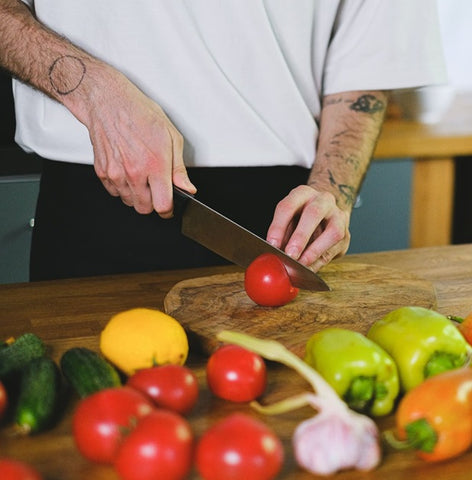
Source: Pexels.com
1. Durability:
The high density and hardness of hickory make it seem like a perfect choice for cutting boards. After all, who wouldn't want a durable cutting board? The problem with this is hickory is too hard, and that will quickly dull and ruin your knives.
2. Aesthetics:
The creamy white to reddish brown texture of hickory well combines to create an aesthetically pleasing look. Who doesn't want a beautiful cutting board in their kitchen?
Why hickory is not the best choice when it comes to cutting boards:
Visual appeal and toughness are not sufficient to make hickory an ideal material for cutting boards. The wood comes with some disadvantages that make it a less popular choice.
1. Janka Hardiness:
Hickory is high - too high - on the Janka hardiness scale. Anything above 1200-ish, is not desirable for a cutting board. Likeless, anything below 900 is too soft.
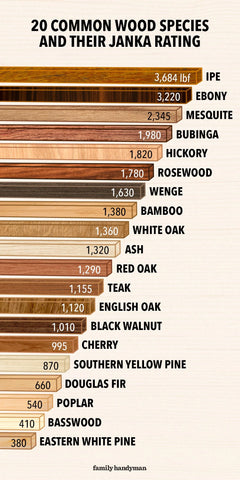
2. Cost:
Compared to other woods for cutting boards, hickory is a relatively expensive option. This is due to the specialized tools and labor involved in treating this wood. Moreover, the material is itself very expensive since they don't grow in abundance.
3. Bacterial Growth:

As already mentioned, hickory wood is hard yet highly porous. This makes the hickory board highly prone to drying and cracking. Moreover, porous grains can also retain food particles providing a safe place for bacteria and microbes.
This is a big food safety and hygiene concern.
4. Difficult to Find:
Hickory trees are not as common as other woods like Maple and Cherry. Due to shorter supply compared to demand, hickory boards are not readily available in all the sizes and shapes required for kitchen needs.
Other Wood Options for Cutting Boards You Should Know
Besides hickory, there are plenty of other wood options that perform better, last longer and do not contaminate food. Let us have a look!
1. Maple:
- It comes with a close-grain structure that naturally inhibits bacterial growth.
- It is a brilliant hardwood that can withstand daily wear and tear.
- It is strong and durable enough to last for years.
- It is affordable compared to pecan and walnut.
2. Birch:
- It is soft enough to protect your knives from dullness and scratches.
- It is a durable wood that lasts longer in your kitchen.
- It is hard enough to sustain tedious chopping and cutting.
- It is naturally resistant to microbial growth thus eliminating the risk of food safety.
3. Walnut:
- It is highly water resistant and thus prevents warping and shrinkage.
- It is an eye-catching addition to your kitchen owing to distinct grain patterns and rich color.
- It is naturally an antimicrobial wood.
- Its amazing shock-resistant properties are ideal for making built-to-last boards.
Related: see our collection of walnut wood cutting boards. Use coupon code WELCOME10 for 10% off your first purchase.
Conclusion
Hickory is a good recommendation for cutting boards only if you can take regular care of it, pay a high price, and have an aesthetic sense. The wood is hard, dense, and durable that can last for years upon proper care. However, its heavy weight, costly price, and maintenance may be an off point for some shoppers.
When compared with other hardwoods, hickory simply can not stand ideal for a cutting board. While, walnut is considered one of the top-notch materials for cutting boards owing to its durability, sustainability, and catchy appeal.
Related Articles
Cherry Vs. Walnut Cutting Board: Pick The Right Board!
Best Cutting Board For Brisket
RELATED PRODUCTS YOU MIGHT LIKE
See Virginia Boys Kitchens On Amazon
We are on Amazon, see our storefront here. Use coupon code VBKBLOG10 for 10% off your entire purchase of any Virginia Boys Kitchens on Amazon. Apply the code at checkout.

